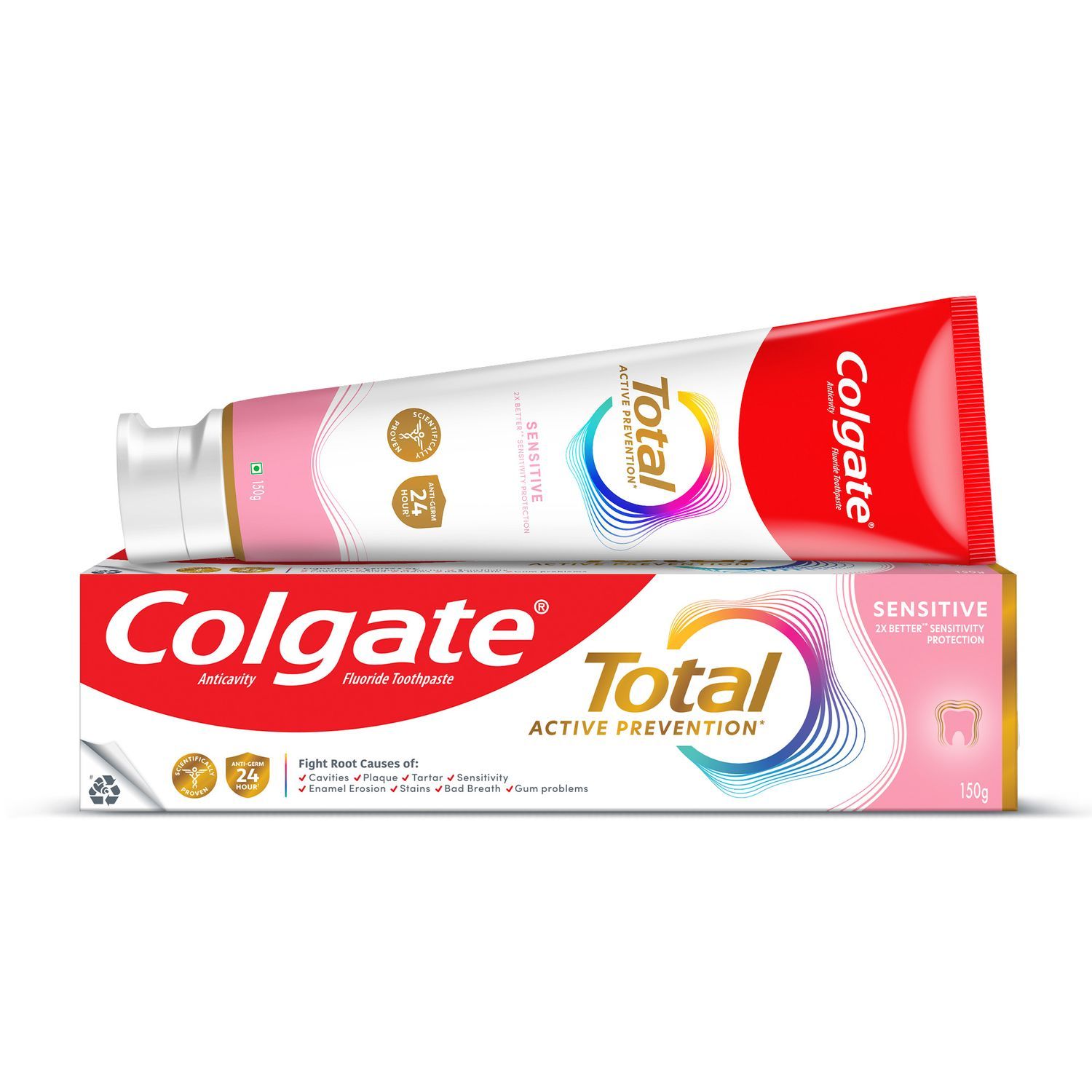What Causes Halitosis?
Almost everyone experiences bad breath from time to time, whether that's after a meal filled with garlic or first thing in the morning. The National Health Portal of India notes that bad breath or halitosis (oral malodour) is an unpleasant odour of the mouth. It is a common complaint for both genders and for all age groups. Nearly more than 50% of the general population have halitosis.
Many times, the cause of the bad breath is bacteria. According to the National Health Portal of India, if you don't brush and floss daily, food particles accumulate in between your teeth and on tongue; bacteria grow on the food left in your mouth and leave foul-smelling waste products (volatile sulphur compounds) behind, which lead to bad breath.
The NHP further notes that source of 90% cases of bad breath is oral cavity such as food impaction in between teeth, gum diseases, dry mouth or reduced flow of saliva. Dry mouth or decreased flow of saliva reduces self-cleaning of the mouth and inadequate cleaning of the mouth causes halitosis. Non-oral reasons such as sinus (upper respiratory tract infections), diabetes (diabetic ketoacidosis), lung and kidney diseases (end stage renal failure), gastrointestinal disease such as gastroesophageal reflux disease (GERD), menstruation (menstrual breath) accounts for 9% of halitosis cases, according to the National Health Portal of India,
Measuring Bad Breath With a Halimeter
The Halimeter, developed by Interscan Corporation, helps to measure bad breath in a quantifiable way. Armed Forces Medical College, Department of Dental Surgery & Oral Health Sciences explains that Halimeter is an advanced chairside diagnostic equipment to detect and quantify halitosis (foul breath). Presence of bacterial activity in the oral cavity resulting in production of volatile sulphur which contributes to periodontal disease. It is available for purchase and home use.
According to a study published in the International Journal of Research and Review, absence of breath malodour leads to readings of 100 ppb or lower. Patients with elevated levels of VSC (Volatile Sulphur Compounds) easily reach 300-400 ppb. However, additional tests may be necessary for a more accurate assessment. In a different study published in the Journal of Dental Research and Review, Halimeter readings were supplemented with organoleptic (sensory) measurements of VSC samples from an individual's mouth. This study noted that the findings between the two methods did not always correspond, which is why it's important not to rely on one method alone to measure and monitor bad breath. Researchers also recommended multiple tests over time for better, more personalised data.
Techniques to Reduce Bad Breath
Once you know you have bad breath, it's time to fix it! The NHP recommends to clean your tongue using a toothbrush or tongue scraper. Tongue cleaning is usually effective in reducing bad breath. Here are several steps you can take to improve your oral hygiene:
- Brush your teeth twice daily with fluoridated toothpaste.
- Brush your tongue.
- Use a mouthrinse.
- If you have dentures, clean them according to your dental professional's instructions.
- Avoid smoking or using tobacco products.
- Maintain regular dental visits.
If your halitosis stems from a medical condition or dry mouth, your doctor and dentist can help you tailor your treatment to address the underlying cause. A Halimeter can also help monitor your progress in treating your bad breath.
So, if you experience bad breath, don't be alarmed! Much of the population has this same concern, and your dentist is equipped to help you measure and address this stinky problem. With their help, you can improve your oral habits, breath and quality of life.
This article is intended to promote understanding of and knowledge about general oral health topics. It is not intended to be a substitute for professional advice, diagnosis or treatment. Always seek the advice of your dentist or other qualified healthcare provider with any questions you may have regarding a medical condition or treatment.
ORAL HEALTH QUIZ
What's behind your smile?
Take our Oral Health assessment to get the most from your oral care routine
ORAL HEALTH QUIZ
What's behind your smile?
Take our Oral Health assessment to get the most from your oral care routine












